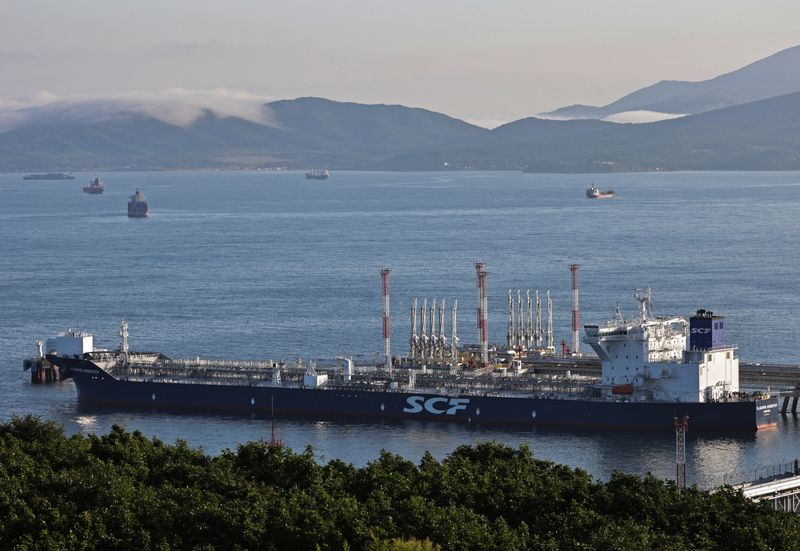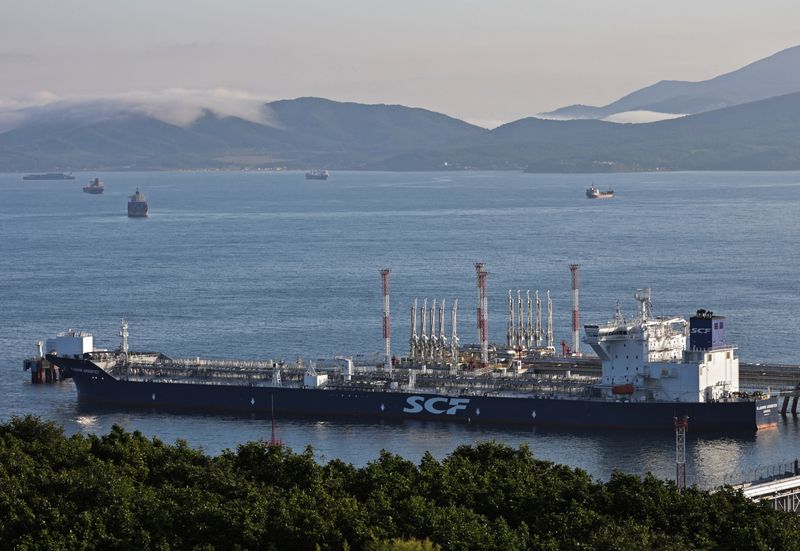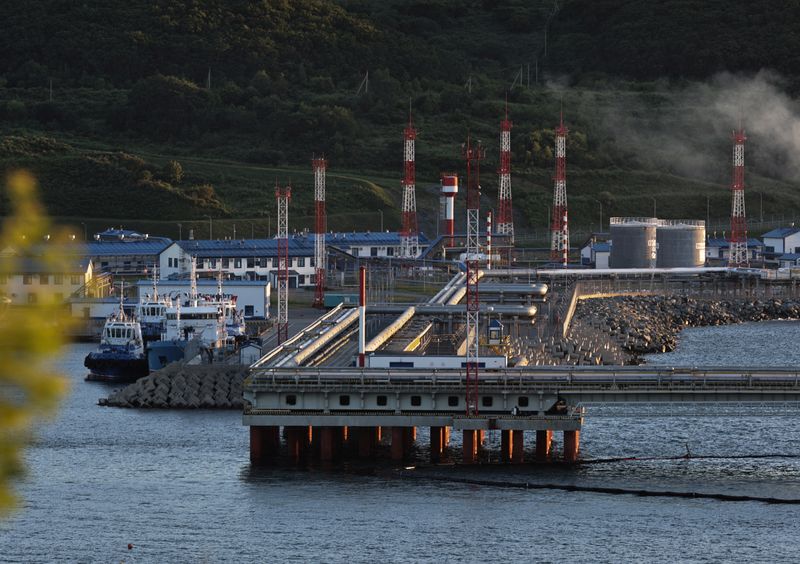
By Gabrielle Ng
SINGAPORE (Reuters) -Oil prices rose on Tuesday on news of fresh monetary stimulus from top importer China, and concerns escalating tensions in the Middle East could hit supply from the key producing region, while a major hurricane loomed over the U.S., the world’s biggest crude producer.
Brent crude futures for November were up 69 cents, or 0.93%, at $74.59 a barrel at 0330 GMT. U.S. WTI crude futures for November rose 74 cents, or 1.05%, to $71.11.
Both contracts closed lower on Monday as demand worries took precedence in investors’ minds after disappointing euro zone business activity and on lingering concerns about Chinese fuel consumption.
“WTI has gained this morning after China moved to lower its key lending rates. The crude oil market has been looking desperately towards Chinese authorities for further easing measures to counter the economic slowdown,” said Tony Sycamore, market analyst at IG.
“Today’s announcement will go some way to removing downside risks to the crude oil price,” added Sycamore.
China’s central bank announced broad monetary stimulus and property market support measures to revive an economy grappling with strong deflationary pressures.
Governor Pan Gongsheng said the central bank will cut banks’ reserve requirement ratio by 50 basis points and further reduce key interest rates, and further policy easing was on the cards later this year.
In the Middle East, Israel’s military said it launched airstrikes against Hezbollah sites in Lebanon on Monday, which Lebanese authorities said had killed 492 people and sent tens of thousands fleeing for safety in the country’s deadliest day in decades.
Israel and Hezbollah, an Iranian-backed group based in Lebanon, exchanged fire after thousands of pagers and walkie-talkies used by Hezbollah members exploded last week. The attack was widely blamed on Israel.
“The oil market has been concerned that rising tensions in the region were dragging the OPEC oil producer closer to engagement,” said ANZ bank said in a note, referring to Iran.

“Traders are also keeping an eye on the weather. The U.S. Gulf Coast is at risk of a hurricane strike by the end of the week as a patch of turbulent weather in the Atlantic consolidates.”
U.S. oil producers were scrambling on Monday to evacuate staff from Gulf of Mexico oil production platforms as the second major hurricane in two weeks was predicted to tear through offshore oil producing fields. Several oil companies paused some production.
This post is originally published on INVESTING.





